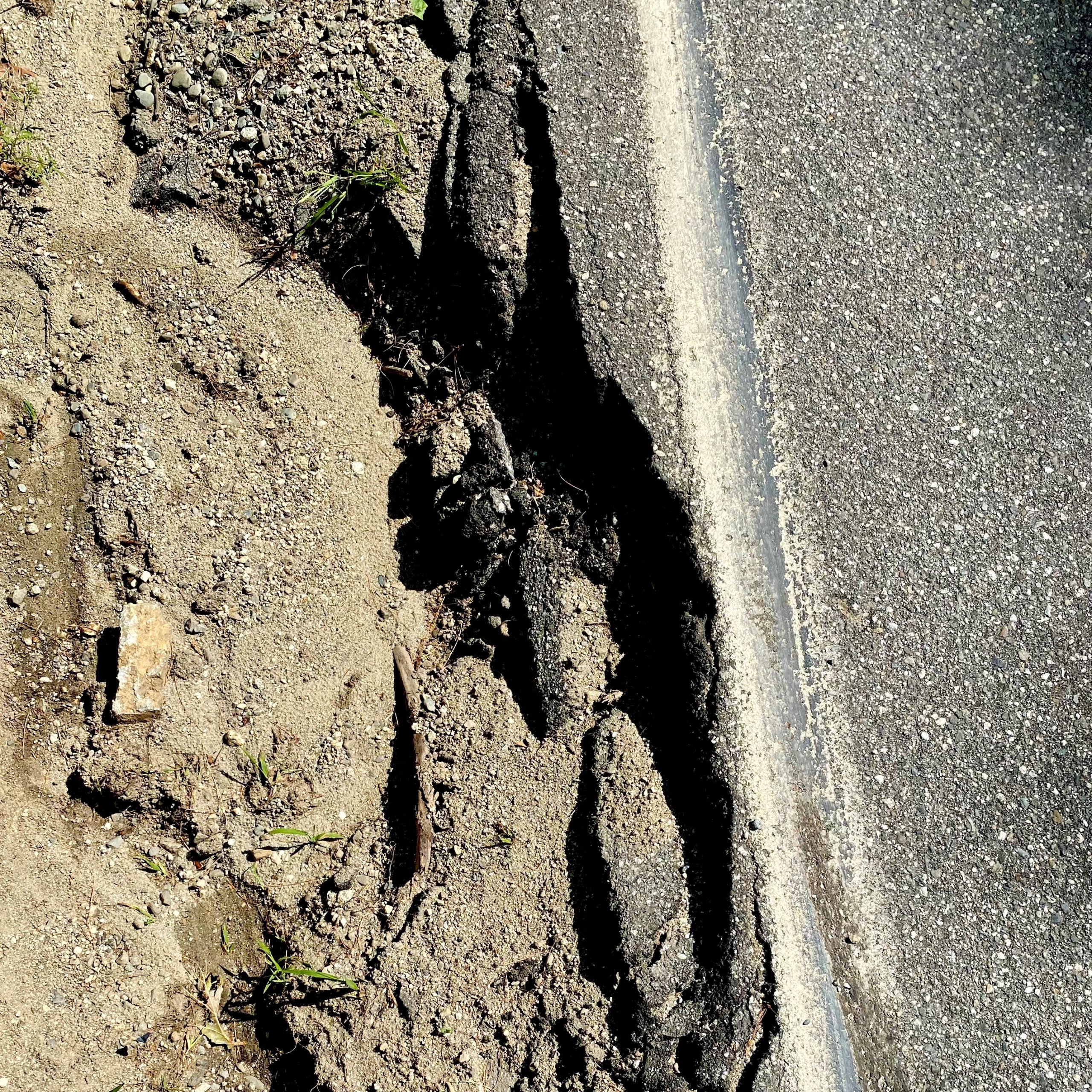“You can pay me now or you can pay me later,” goes the saying.
When it comes to government budgets, if it’s later, it must be Washington. If it’s pay now, it’s Maine.
The Congressional Budget Office, which is independent of both political parties, reported last week that the federal government will run deficits averaging $1.3 trillion a year for the next 10 years. That’s not a typo – a trillion dollars.
The government spends far more each year than it receives in revenues, mostly from taxes. Of each dollar Washington now spends, 22 cents is financed by borrowing.
Economists think governments can run up that kind of deficit when times are bad. Government becomes the major customer in the country and its spending helps restart economic activity. That’s what happened 10 years ago.
The economy got moving again, producing the longest sustained period of economic growth. But instead of bringing down deficit spending, Congress cut taxes, reducing revenue, while jettisoning an earlier agreement to limit outlays.
Republicans have attacked Democrats for “tax-and-spend” policies. The Dems supposedly kept inventing new programs, paying for them with more taxes. The GOP said it wants to tax less and spend less.
But what has happened is even less economically responsible. Both parties are behind what amounts to “cut and spend.” Taxes have been cut as spending sharply increased. This approach is obviously aimed at pleasing voters, who get programs they like without paying for them.
Some economists even invented a justification for the policy. Piling on new debt was all right, so long as the economy kept growing. That way the growth of the national debt could remain about the same share of the total economy over time.
The theory simply does not work. The growth of the economy and government spending are not as directly linked as expected.
The national debt is growing faster than the economy. By 2030, the Congressional Budget Office forecasts, national debt will be at 98 percent of the total economy. In other words, it would take just about all of the national output to pay off the debt.
This is the ultimate “pay-me-later” approach. Eventually the U.S. will have to deal with debt service payments that could swallow the underfunded federal budget. The only solution will be massive tax increases. The people who will pay the sharply higher taxes will include many who did not benefit from the spending spree.
In effect it will amount to “you can pay me now or your children can pay me later.” That’s current American budget policy.
In Maine, however, people pay now. Like almost all other states, it cannot run annual deficits so the impact of borrowing must be covered by real revenues. If there are tax cuts, there will be borrowing cuts as well.
Gov. Paul LePage liked tax cuts, ensuring that insufficient revenue was raised to meet the cost of maintaining the state’s roads and bridges. State funding for roads was essential for tapping matching federal funds.
His solution was to boost borrowing, but legislators, especially his fellow Republicans, dislike increasing the state debt. Maine’s public debt, equaling 12.6 per cent of the state’s annual economy, is lower than in most other states.
LePage went so far as to oppose any increase in the 18-cents-per-gallon gas tax. In effect for a quarter of a century, it has not kept pace with the increasing costs of maintaining the roads.
The result is a network of roads and bridges that falls far below the standard of safety and comfort that Mainers should expect. Dangerous conditions may occur. But the best the Department of Transportation can do is spread coating on many roads rather than maintain them. Municipalities are told if they want better roads, they need to come up with some of the money.
LePage cut taxes. New bonding was slow and inadequate. With the prohibition of deficits, people get to pay now, not later. They pay daily in the form of badly maintained roads.
Borrowing, with its multi-year payoff, makes sense for roads and bridges that are used not only by the current population but well into the future. Later, taxpayers get to use what they are funding.
But borrowing alone cannot be the solution. Its fate, subject to voter approval almost yearly, makes it difficult for the Department of Transportation to have a long-term plan. Roads are an essential function of government, making reliable tax funding a reasonable way of supporting that function.
In the end, the issue of the public debt, either at the federal or state level, is a matter of taxes. If people oppose taxes now, they either pay the cost now in lost services or later when a higher tax bill must be paid.







